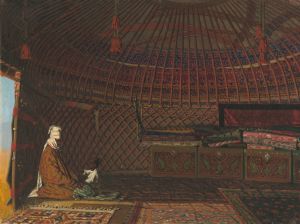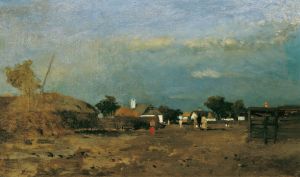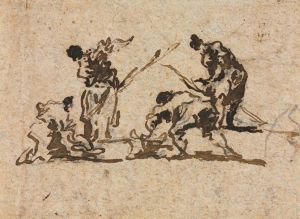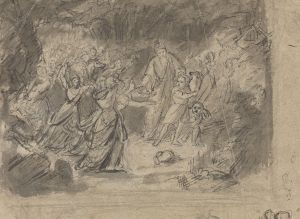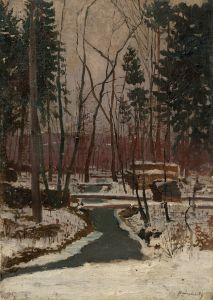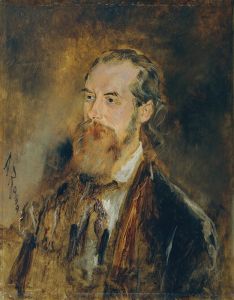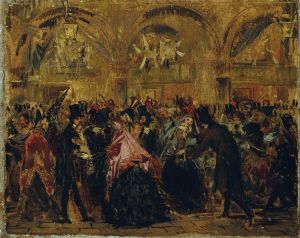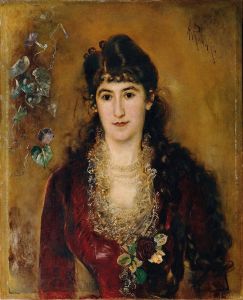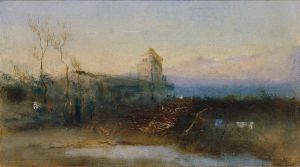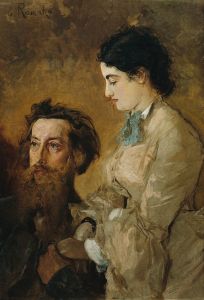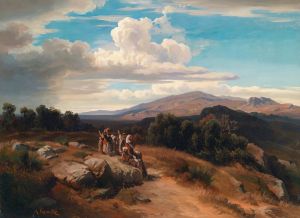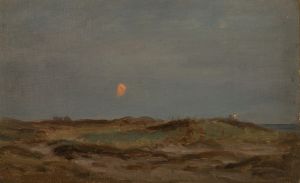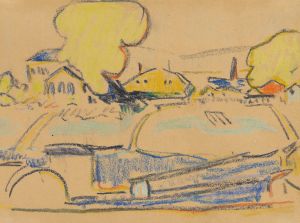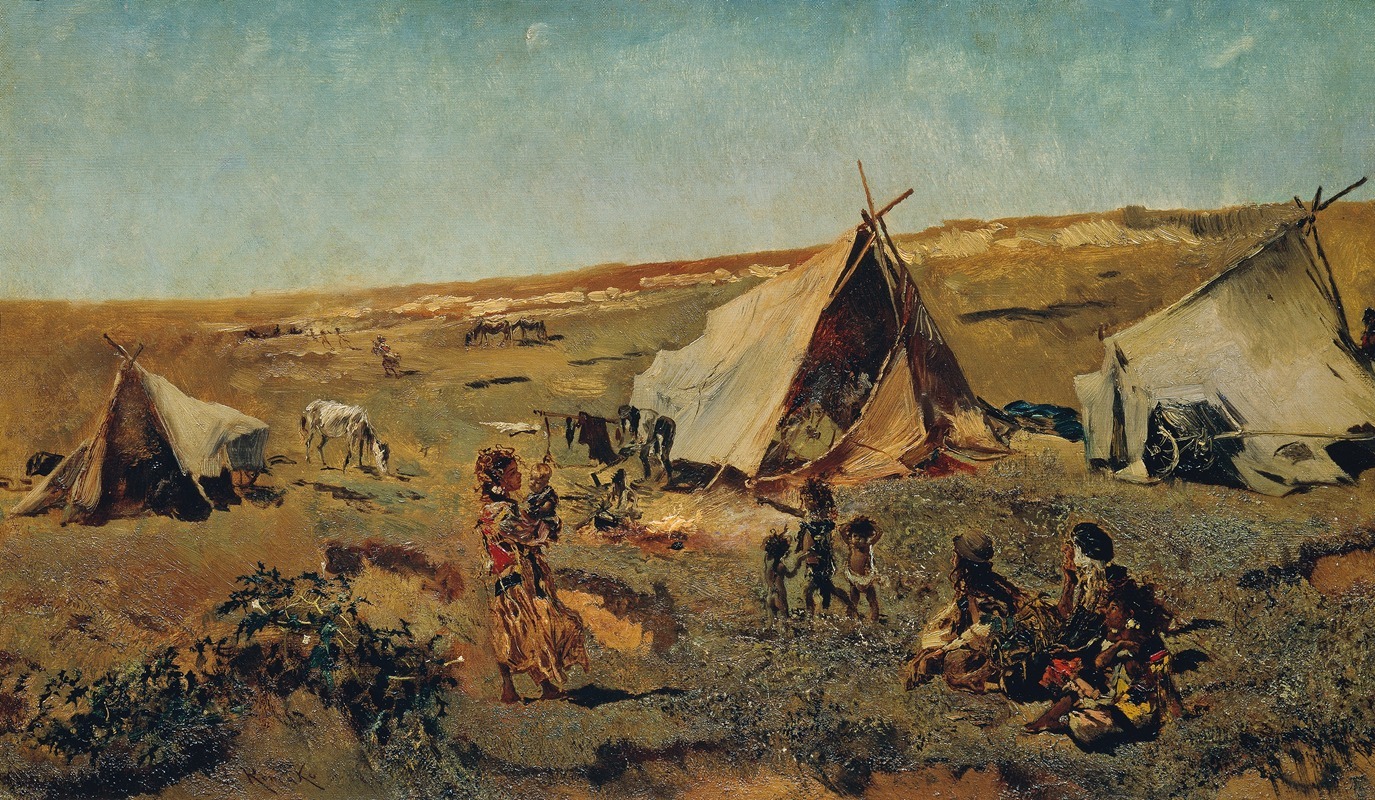
Zigeunerlager in der Puszta
A hand-painted replica of Anton Romako’s masterpiece Zigeunerlager in der Puszta, meticulously crafted by professional artists to capture the true essence of the original. Each piece is created with museum-quality canvas and rare mineral pigments, carefully painted by experienced artists with delicate brushstrokes and rich, layered colors to perfectly recreate the texture of the original artwork. Unlike machine-printed reproductions, this hand-painted version brings the painting to life, infused with the artist’s emotions and skill in every stroke. Whether for personal collection or home decoration, it instantly elevates the artistic atmosphere of any space.
Anton Romako was an Austrian painter known for his unique style that combined elements of realism and impressionism. One of his notable works is "Zigeunerlager in der Puszta," which translates to "Gypsy Camp in the Puszta." This painting is an example of Romako's interest in capturing the lives and environments of marginalized communities during the 19th century.
"Zigeunerlager in der Puszta" depicts a scene set in the Puszta, a vast plain region in Hungary known for its distinctive landscape and cultural significance. The Puszta was often associated with the Romani people, who were commonly referred to as "Gypsies" during that period. Romako's painting provides a glimpse into the daily life of a Romani camp, showcasing his ability to portray human subjects with empathy and attention to detail.
The painting is characterized by its vivid depiction of the landscape and the people inhabiting it. Romako's use of color and light captures the essence of the Puszta's expansive terrain, while his brushwork conveys the dynamic and transient nature of the camp. The figures in the painting are portrayed with a sense of individuality and dignity, reflecting Romako's interest in the human condition and his departure from the more romanticized depictions of Romani life that were common in art at the time.
Romako's work often explored themes of identity and displacement, and "Zigeunerlager in der Puszta" is no exception. The painting can be seen as a commentary on the social and cultural challenges faced by the Romani people, who were frequently marginalized and misunderstood in 19th-century Europe. By choosing to depict a Romani camp, Romako highlights the diversity and richness of their culture, while also acknowledging the hardships they endured.
The painting is also notable for its composition and use of perspective. Romako employs a balanced arrangement of figures and landscape elements, guiding the viewer's eye through the scene and creating a sense of depth and movement. This compositional skill is a hallmark of Romako's work, demonstrating his ability to blend traditional techniques with a more modern sensibility.
"Zigeunerlager in der Puszta" is an important piece within Romako's oeuvre, reflecting his broader artistic goals and the social context of his time. While Romako was not as widely recognized during his lifetime as some of his contemporaries, his work has gained appreciation in the years since, with art historians acknowledging his contributions to the development of modern painting.
Today, Romako's paintings, including "Zigeunerlager in der Puszta," are appreciated for their technical skill and emotional depth. They offer valuable insights into the cultural and social dynamics of 19th-century Europe, as well as the evolving role of the artist in society. Through works like this, Romako has left a lasting legacy that continues to resonate with audiences and scholars alike.





